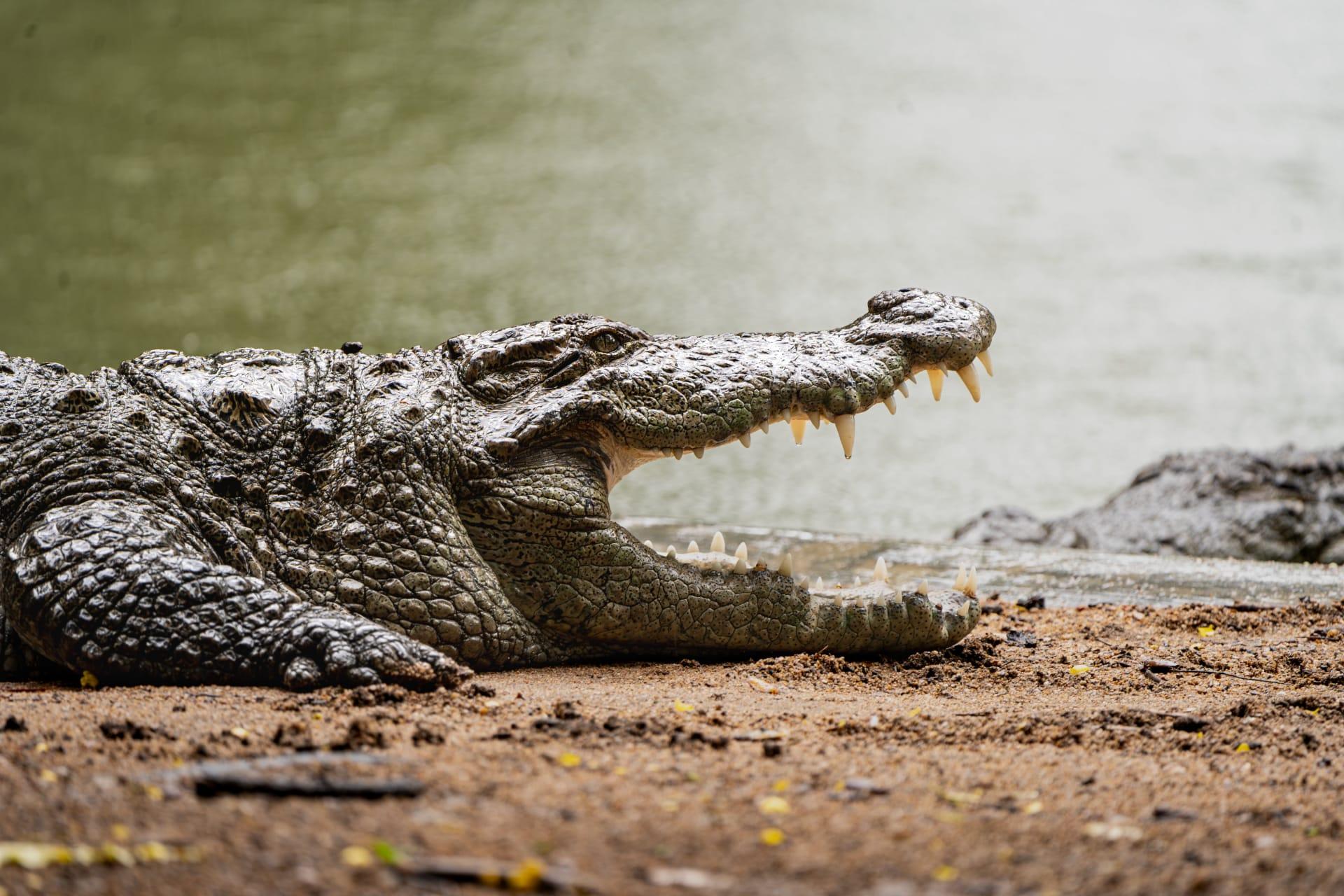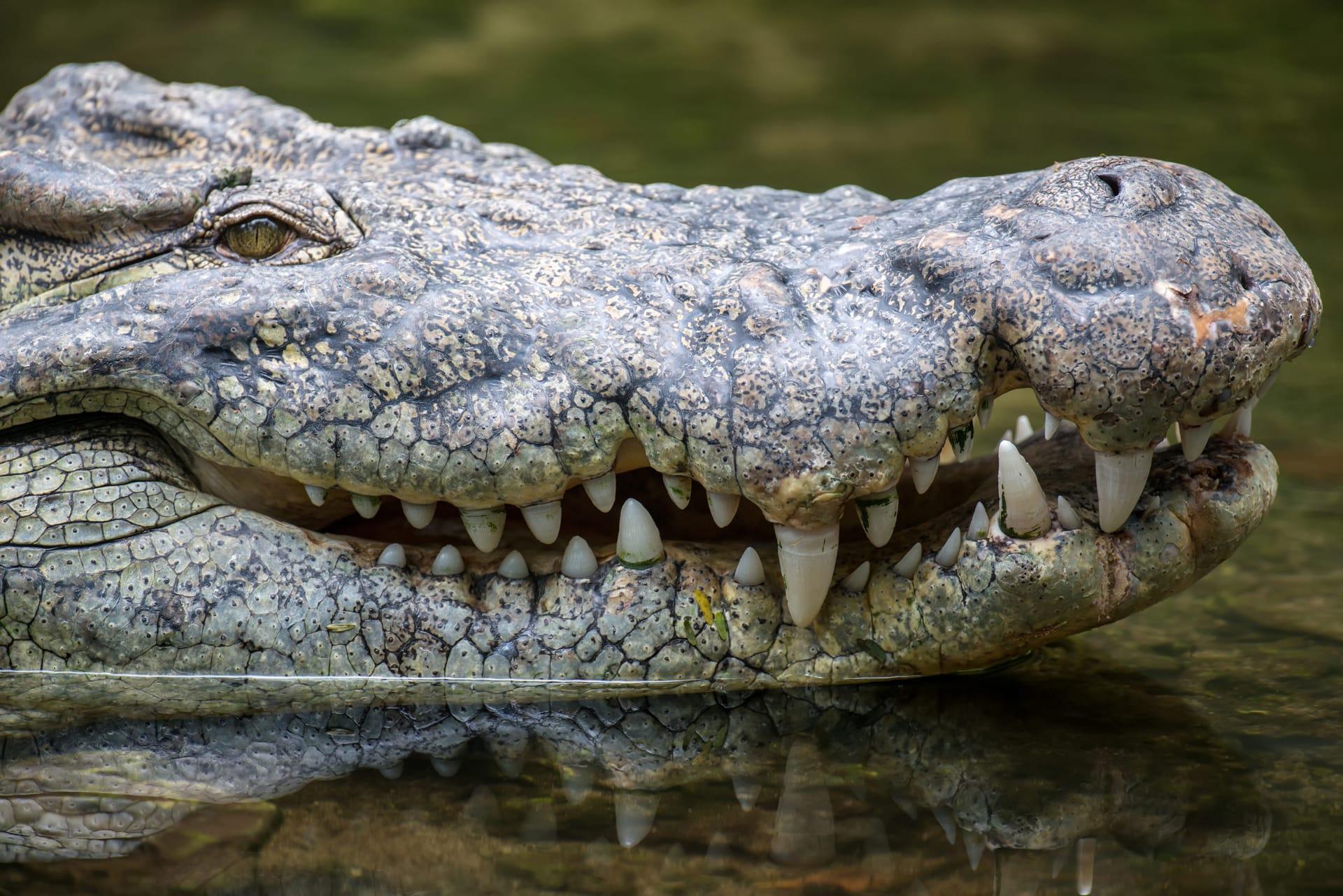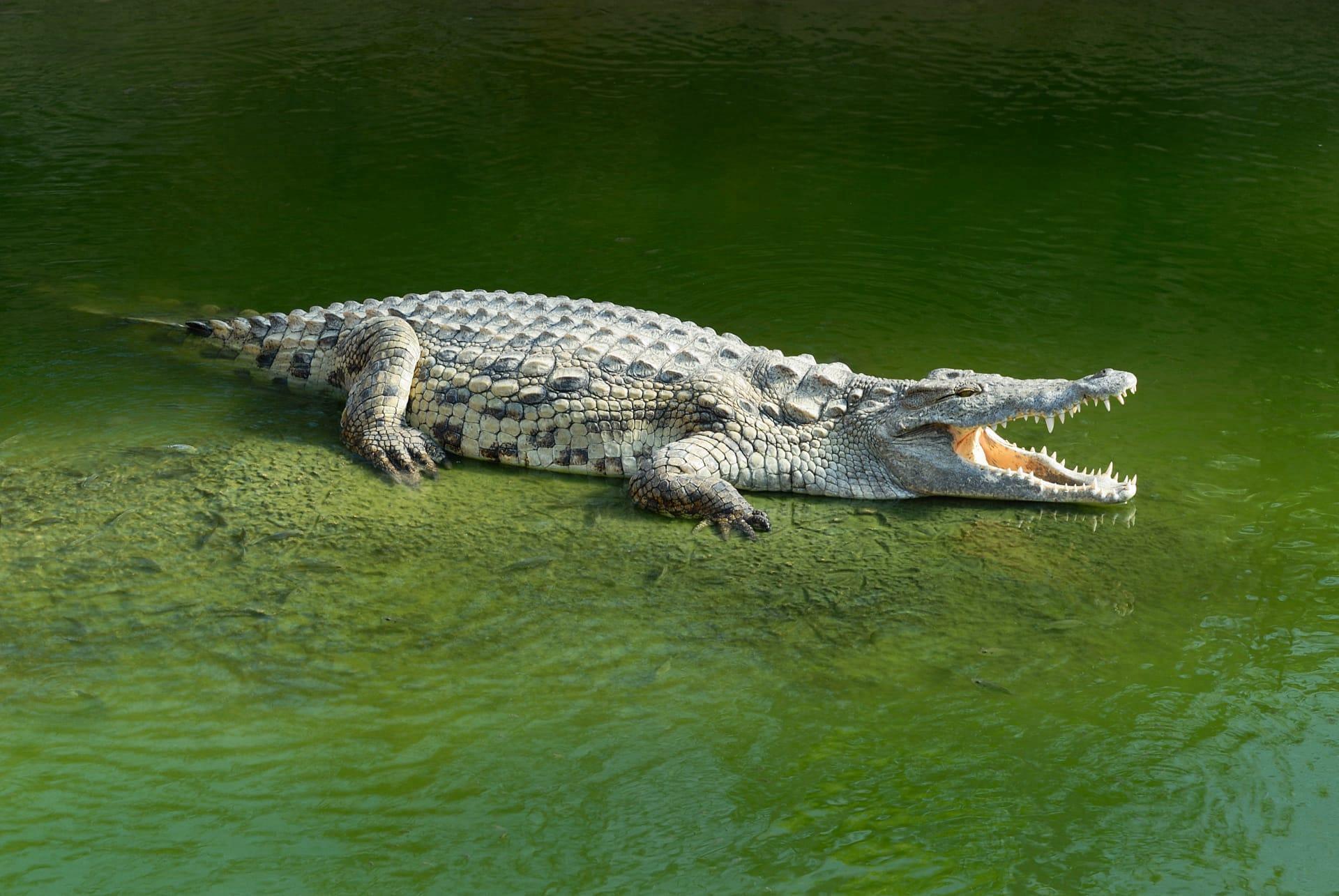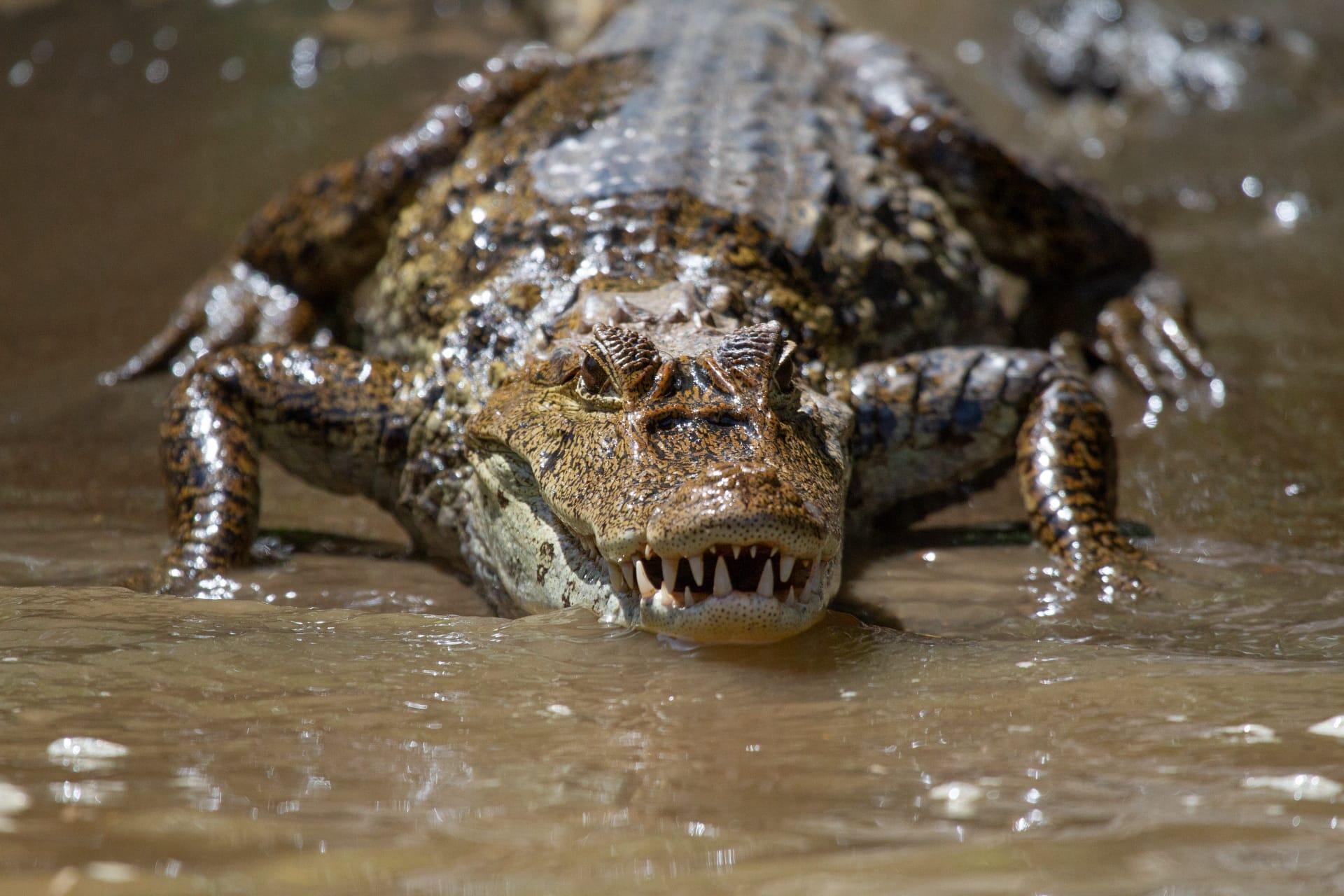Nile Crocodile
- Home /
- Mini Encyclopedia /
- Animal /
- Nile Crocodile
1
The Nile Crocodile, scientifically known as Crocodylus niloticus, belongs to the family Crocodylidae. This species is one of the largest crocodile species globally, with males commonly reaching lengths of 16 feet (about 5 meters) and sometimes extending up to 20 feet (approximately 6 meters). Distinguished by their dark olive-green color and V-shaped snout, these crocodiles are highly adapted aquatic predators.
The Nile Crocodile is predominantly found in Sub-Saharan Africa, inhabiting a range of aquatic environments. Its distribution spans from the Nile River basin, encompassing countries like Egypt and Sudan, extending southwards to East and South Africa. These crocodiles are also present in Madagascar. They predominantly reside in freshwater habitats, including rivers, lakes, and marshlands, but can occasionally be found in brackish water.

2
Question: Is it true that Nile Crocodiles can live for over a century?
Answer: While it is a common misconception, Nile Crocodiles do not generally live for a century. Their lifespan is typically between 70 to 100 years in the wild. This longevity is supported by their slow growth rate and the lack of natural predators once they reach adulthood. However, reaching such an advanced age is rare, as they face numerous challenges like habitat loss, human conflicts, and diseases.

3
The Nile Crocodile's survival strategy is centered around its role as an apex predator. With powerful jaws capable of exerting tremendous force, these crocodiles are well-equipped for capturing a variety of prey. Their diet includes fish, birds, and mammals. They utilize a tactic known as the 'death roll', a spinning maneuver used to disorient and subdue their prey.
Furthermore, Nile Crocodiles exhibit remarkable parental care. Females vigilantly guard their nests, which are typically located on riverbanks, and assist the hatchlings to reach water upon hatching. This protective behavior increases the survival rate of the young crocodiles, which are otherwise vulnerable to predators.

4
In their ecosystems, Nile Crocodiles play a crucial role in controlling the population of their prey, thereby maintaining the ecological balance. Their predatory nature ensures that only the fittest animals survive, contributing to the health of the species they prey upon.
Additionally, these crocodiles influence their habitat's physical characteristics. Their nesting activities can alter the landscape of riverbanks, and their movements in water bodies help in aerating the water and distributing nutrients. These actions are vital for maintaining healthy aquatic ecosystems.

5
Film: "The Crocodiles of the Nile" (United Kingdom, 2010) offers an in-depth look into the life of Nile Crocodiles. This documentary showcases their hunting strategies, social behavior, and the challenges they face in their natural habitat.
Book: "Nile Crocodiles: Africa's Ancient Predators" (United States, 2015) by John H. Wilkinson, provides a comprehensive overview of the biology, behavior, and conservation of Nile Crocodiles. It delves into their evolutionary history and their role in African ecosystems.
Book: "Living with Crocodiles" (Australia, 2018) authored by Melissa Thompson, focuses on the coexistence of humans and Nile Crocodiles. This book explores the cultural and ecological significance of these reptiles, highlighting conservation efforts and human-wildlife conflicts.